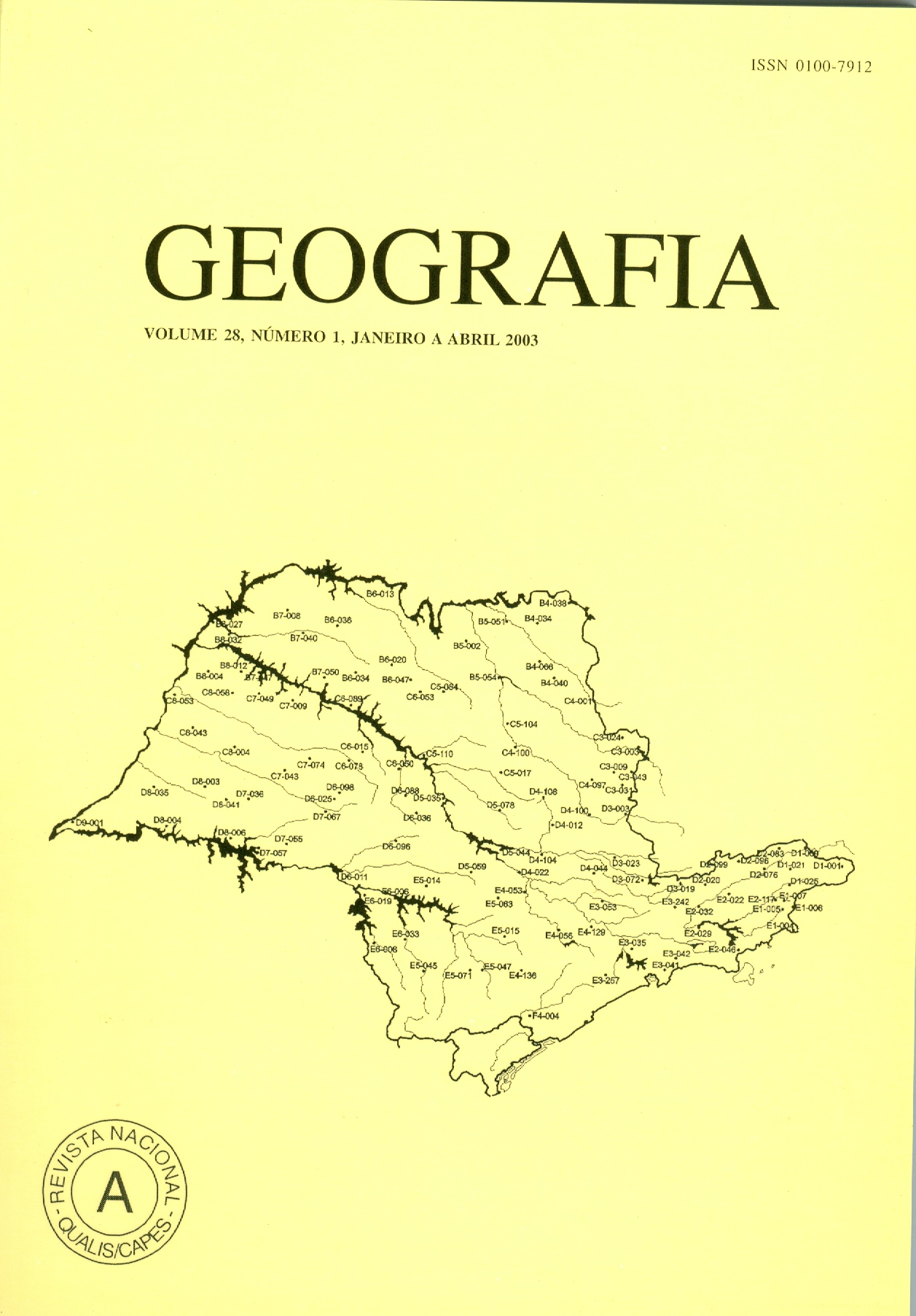Fractal analysis of spacial rain distribution in the Sao Paulo State
Abstract
The Fractal Geometry, initially developed by the mathematician Benoit Mandelbrot from the sixties onwards, made contributions for the analysis of several complex structures that exist in nature, not explainable by the traditional Euclidean Geometry because those structures don’t have well defined and amountable dimensions. The new geometry created a number to represent intermediate dimensions amongst those well-known Euclidean’s: it’s the fractal dimension, which measures the roughness or fragmentation or even irregularity degree of an object. Precipitation can be measured considering several kinds of time lapses or segments, which form structures that can be analyzed by the use of fractal approach. According to this, it was accomplished by this research a space analysis of rain in the Sao Paulo State, using by means the construction of maps of the pluviometric fractal dimension. Also, some relationships were made to the attempt of climatic classification accomplished by Monteiro (1973) for this same area. As result, the pluviometric fractal dimension looked compatible with Monteiro’s index of participation of air masses, and it can be a numeric indicator coherent with the pluviometric rhythm of a place. Key words: Fractal Geometry; pluviometric fractal dimension, pluviometric rhythm.Downloads
Published
Issue
Section
License
The authors maintain the copyright and grant GEOGRAFIA the right of first publication, with the articles simultaneously licensed under the Creative Commons BY 4.0 License, which allows sharing and adapting the articles for any purpose, as long as appropriate credits and provisions of image rights, privacy or moral rights. Other legal attributions can be accessed at: https://creativecommons.org/licenses/by/4.0/legalcode.en.
Geography, Rio Claro, SP, Brazil - eISSN 1983-8700 is licensed under the Creative Commons BY 4.0 License.





